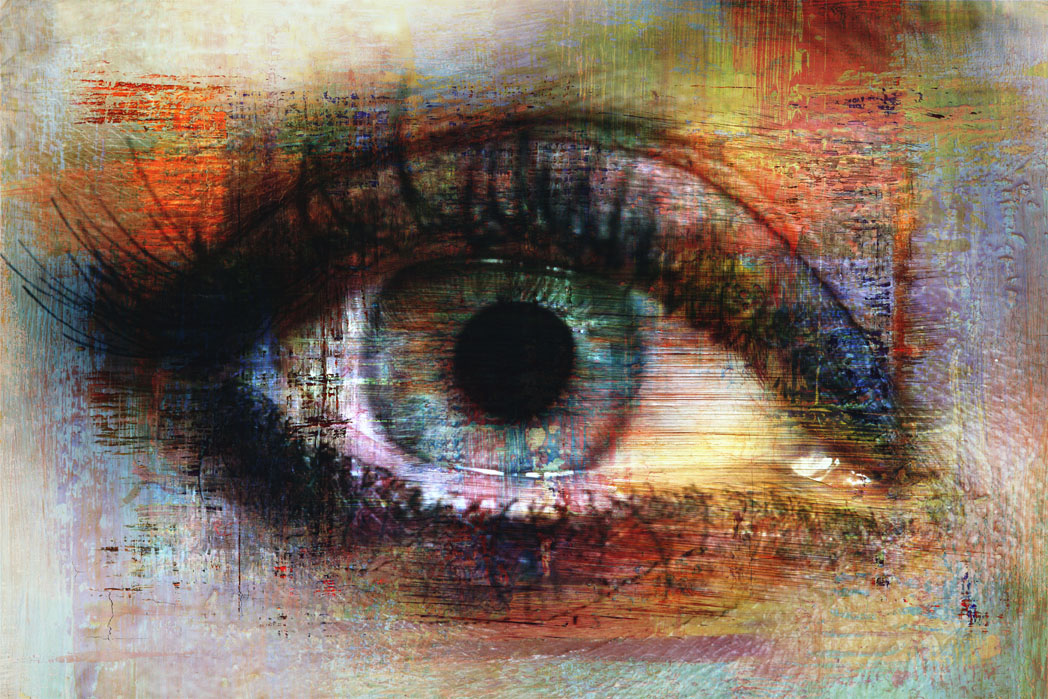
Can they really tell me what someone is thinking?
In the last article we covered modalities, what they meant and the different ways that people communicate and access information. How we can learn to recognise by the words and language patterns that individuals use to figure out the best way to effectively communicate with them.
This time we are going to talk about “eye patterns” and how by observing a person’s eye movements we can tell whether that person is thinking in terms of pictures, sounds or feelings.
This information coupled with what we have also learned so far about body language is invaluable in not only assisting us with how to become much more confident and assertive ourselves but is also a fantastic way to improve your communication skills just by watching out for the everyday “signs” that most people miss.
There are visible changes in our bodies when we think in different ways and the way we think affects our bodies and how we use our bodies affects the way we think.
Here’s a simple experiment for you try with one of your friends or colleagues.
Sit across from each other and ask, “What’s the first thing that you see as you walk through your front door”?
To answer that question (if they are a naturally right handed person) they would have probably looked up and to their left, (if they are left handed) they would look up and towards their right, the complete opposite, so always try to check if a person is left or right handed.
When we visualize something from our past our eyes tend to move upwards and to the left.
Now ask them to imagine that they have something really soft next to their skin.
Here, most people would look down and to their right as this is the area that most people get in touch with their feelings.
It’s amazing isn’t it? And you can see the fun you can have with this. But these are the signals and signs that people are using every day that you are not aware of (until now of course) and if you learn how to recognise them it could make a huge difference to not only your work life but also to your lifestyle.
When we are trying to construct an image or a picture or even trying to imagine something that we have never seen, our eyes will move upwards and towards the right.
The eyes move left for remembered sounds and towards the right for constructed sounds.
When talking to ourselves our eyes will typically go down and towards the left as this is where we listen to our inner voice.
Defocusing the eyes often accompanied by staring off into the distance or “daydreaming” also shows visualization.
These skills can also be used to assist you in your everyday thought and thinking patterns as well and there are ways of fine tuning your brain so that you can think in a particular way.
For example, if you wanted to remember something that you saw last week it is easier to recall if you consciously look up to your left or stare straight ahead. It’s very difficult to remember images when you are looking down.
There are always exceptions so look carefully before applying these general rules to everybody.
Looking out for these “clues” allows us to know how another person is thinking and knowing where to “look” in the right place for information is a very useful skill to have.
When asking some questions, the secret is not in their answers but in noticing their eye movements.
Here’s an exercise for you to sit down with a colleague or friend and have some fun with. Sit down in a quiet place, watch their eye movements in reply to your questions and make a note of them. Compare afterwards. Keep your answers brief or just nod when they have the answer.
When you have finished, change places and then answer the questions yourself.
Please remember that this is nothing to do with trying to catch each other out or trip up the other person or to prove a point it’s just simple curiosity on how we think.
Visual remembered: Eyes up and left.
What colour is your front door?
What do you see when you go to your local shops?
Visual construction: Eyes up and right.
What would your bedroom look like with green and orange wallpaper?
If a map is upside down which direction is South East?
Sounds remembered: Eyes left.
Can you hear your favourite tune in your head?
Which door slams loudest in your office?
Sounds constructed: Eyes right.
How loud are ten people shouting at the same time?
What would your voice sound like if you were underwater?
Inner voice: Eyes down and left.
What tone of voice do you use when you talk to yourself?
When you talk to yourself where does the sound come from?
Feelings and emotions: Eyes down and right.
What does a pair of wet socks feel like on your feet?
Which is warmer, your left hand or right hand?












